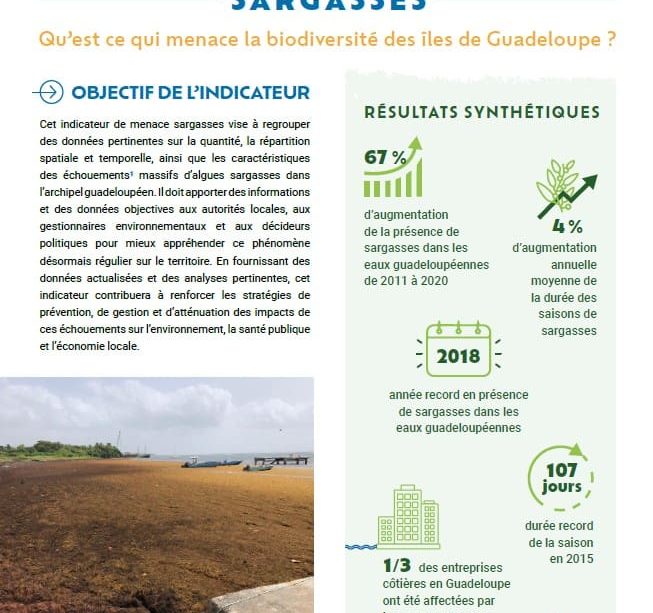The Role and Impact of Sargasses in Marine Ecosystems

Introduction to Sargasses
Sargasses, a type of brown seaweed, are gaining attention due to their ecological importance and the increasing challenges they pose to marine environments. Found primarily in the Sargasso Sea, these floating algae play a crucial role in the marine ecosystem by providing habitat and nourishment for various marine species. However, the proliferation of sargasses has recently led to significant issues, especially in coastal regions where their accumulation can disrupt local ecosystems and economies.
Recent Developments and Ecological Concerns
In recent months, the Caribbean and Gulf of Mexico have witnessed an unprecedented influx of sargasses. According to the National Oceanic and Atmospheric Administration (NOAA), satellite data has revealed record levels of sargassum seaweed making its way to the shores of popular tourist destinations, including Florida and the Caribbean islands. This surge, primarily attributed to warming ocean temperatures and nutrient runoff from agriculture, has caused concerns for local ecosystems and economies reliant on tourism.
The massive piles of sargassum not only hinder tourism due to unsightly beaches but also lead to declining water quality and create hazardous conditions for marine life. The decomposition of sargassum releases hydrogen sulfide, a toxic gas that can affect air quality, posing health risks for coastal residents and beachgoers.
Impact on Local Economies
The economic implications of sargasses are significant. Areas heavily reliant on tourism, such as the Caribbean, have reported a decline in visitors due to beaches being covered with rotting seaweed. The cost of cleanup has also strained local government budgets and put additional pressure on the already vulnerable tourism industry.
In many cases, local authorities are left scrambling to address the situation. Some regions have initiated campaigns to remove the sargassum from beaches, while researchers are looking into more sustainable solutions and even potential uses for the seaweed, such as biofuel or fertilizer.
Conclusion and Future Outlook
As the effects of climate change and nutrient pollution continue to expand, the frequency and severity of sargassum blooms are likely to rise. It is essential that policymakers, scientists, and local communities work together to develop strategies to manage sargassum while also minimizing its ecological and economic impacts. Continued research and monitoring of sargassum’s behavior in the Atlantic Ocean will provide valuable insights into predicting and mitigating its effects. For coastal communities, understanding and addressing the challenges posed by sargasses is not only a matter of preserving their environment but vital for safeguarding their economies for the future.









